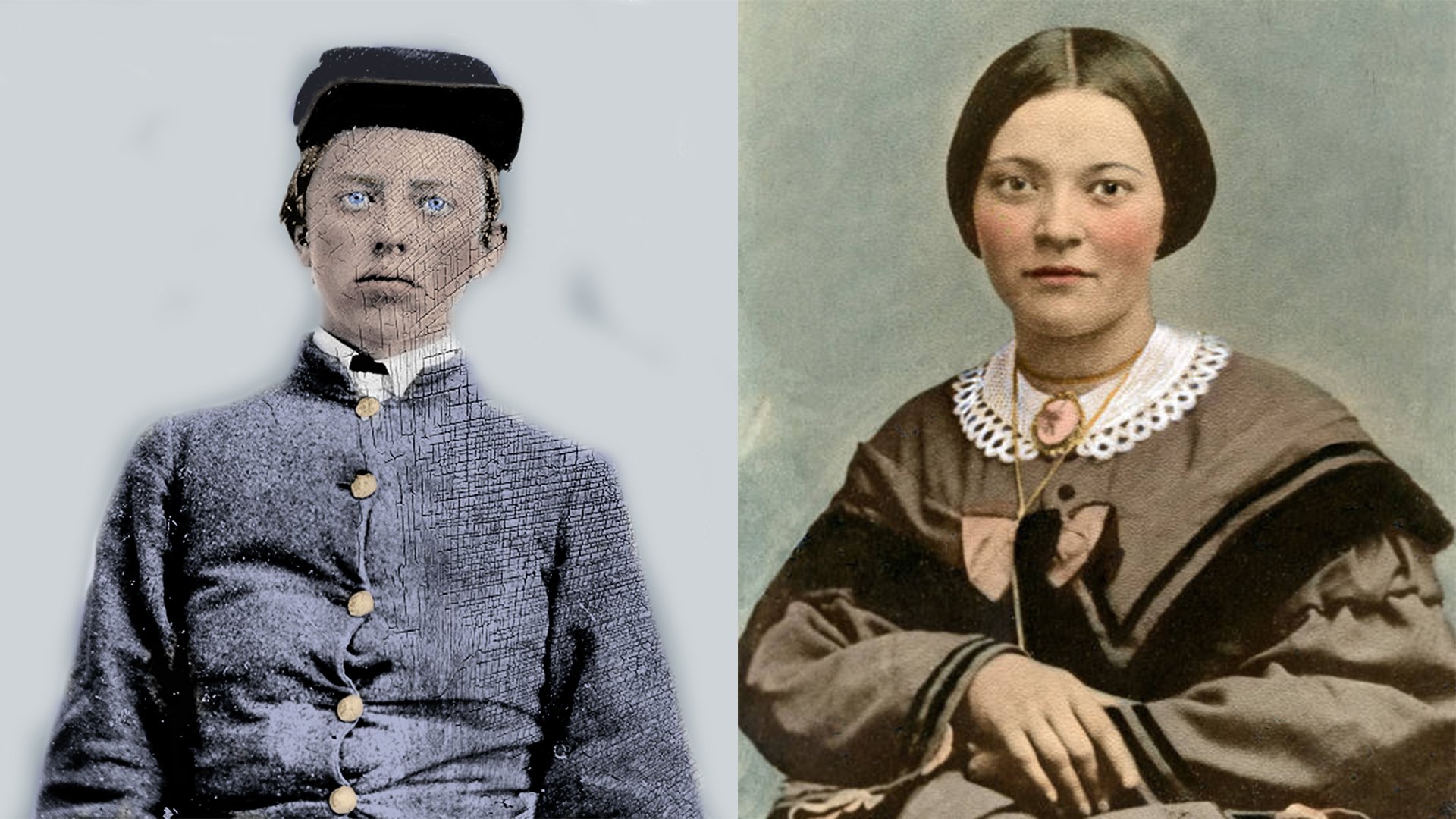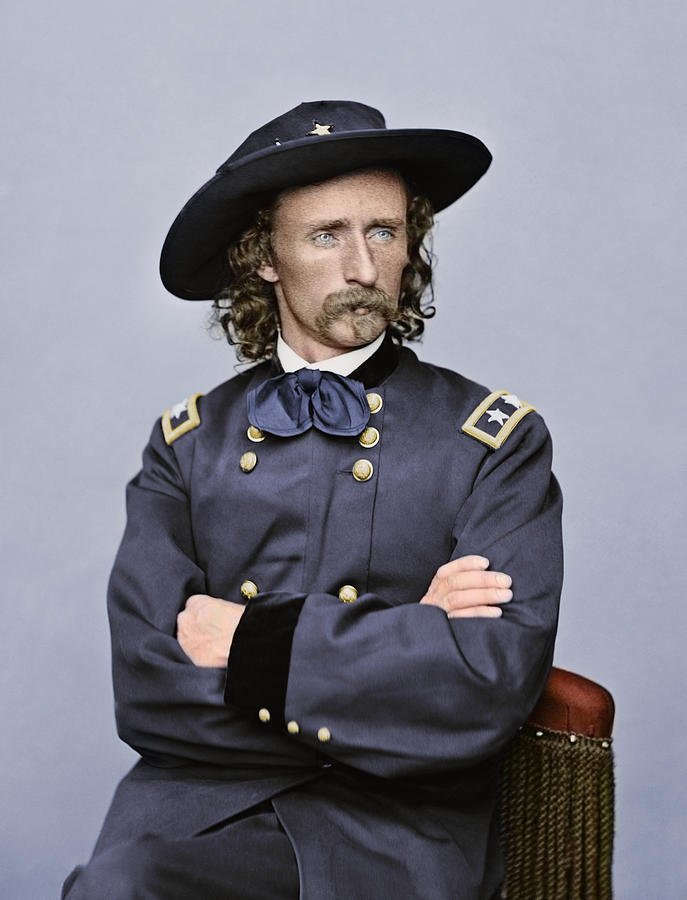
People
Learn about the Civil War in the Valley from the stories of the men, women, soldiers, and civilians that lived through it
George Armstrong Custer
Major General (USA)
December 5, 1839 — June 25, 1876
Despite graduating last in his class at West Point, George Armstrong Custer rocketed to fame during the Civil War, becoming the youngest general in the Union army and playing major roles at the Battle of Gettysburg, during Sheridan’s Shenandoah Campaign, and in the final pursuit of Robert E. Lee’s army that would end at Appomattox.
Born in 1839 in Ohio, Custer attended West Point and graduated last in the class of 1861. While he had a lack-luster performance in the classroom his career on the battlefield was quite the opposite. Custer fought ably as a cavalry officer and in June 1863 was promoted from captain to brigadier general due to heroism exhibited during an engagement in Aldie, Virginia, on June 17. At the age of twenty-three Custer became the youngest general in the Union Army. Custer then played a leading role in the cavalry action in the “East Cavalry Field” during the third day of the Battle of Gettysburg, on July 3, 1863, when Union forces turned back the celebrated Confederate cavalry Gen. J.E.B. Stuart.
During Gen. Philip H. Sheridan’s 1864 Shenandoah Campaign, Custer commanded a brigade and later a division of cavalry. During the Third Battle of Winchester, September 19, 1864, Custer led his brigade south on the Valley Pike to attack the Confederate left flank at Fort Collier, part of the enormous cavalry charge that broke the Confederate line. “Officers and men seemed to vie with each other as to who should lead,” Custer remembered of the final, thunderous attack. “The enemy upon our approach turned and delivered a well-directed volley of musketry, but before a second discharge could be given my command was in their midst, sabering right and left.”
At the Battle of Tom’s Brook, on October 9, 1864, Custer led the successful flanking attack that routed forces led by his old friend, Confederate Gen. Thomas Rosser. Spotting Rosser before the attack, Custer rode out in front of the battle lines and doffed his hat in salute. “It was like the action of a knight in the lists,” one of Custer’s officers recalled, “a fair fight and no malice.”
And at the Battle of Cedar Creek on October 19, 1864, Custer commanded a division of cavalry and was part of the crushing Union counterattack that helped turned the disastrous defeat of morning into a decisive, campaign-winning victory at day’s end. As the Confederate withdrawal became a rout, “The road was full of charging cavalry,” Confederate private George Q. Peyton recalled. “And I saw Custer with his long curls hanging down his back.”
After Sheridan’s Campaign, Custer remained in Winchester for several months where he was joined by his wife Libbie. At the Battle of Waynesboro on March 2, 1865 – the last significant battle fought in the Shenandoah Valley – Custer led the flank attack that collapsed the Confederate line. During the final month and a half of the war in Virginia, Custer went east with Sheridan to help bring about the surrender of Gen. Robert E. Lee’s Army of Northern Virginia, and was present when Lee surrendered at Appomattox. For his many gallant services Custer was promoted to the rank of major general of U.S. Volunteers on April 15, 1865.
A national sensation, Custer went west after the Civil War and became one of the United States’ ablest Indian fighters. But he met his match at the Battle of the Little Bighorn on June 25, 1876, when he led the 7th Cavalry in an attack against the largest gathering of Plains Indians ever seen, and was killed in what became known as “Custer’s Last Stand.”

